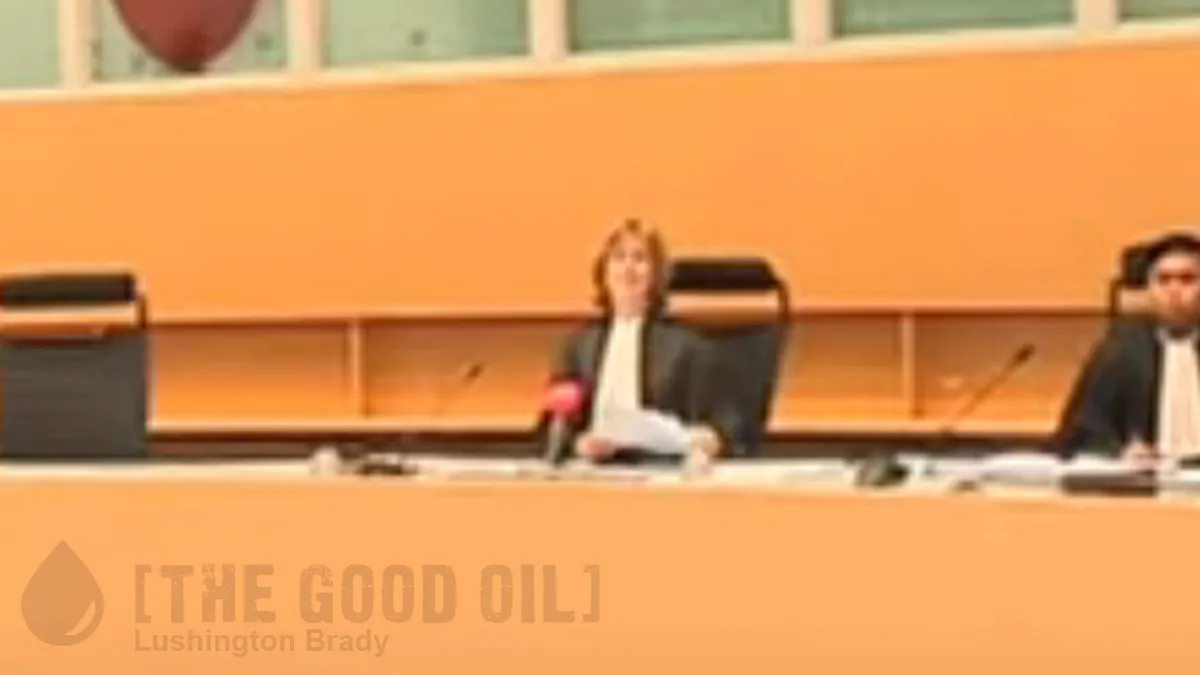Aisha K. Gill
Professor of Criminology, Centre for Gender and Violence Research
Sundari Anitha, Professor of Gender, Violence and Work
Forced marriage – marriage that lacks the consent of one or both parties – is a serious issue which affects 22 million people around the world – predominantly women and girls. In England and Wales, it is a crime that is legally recognised as a form of domestic violence.
In a new report, we paint a full picture of the problem, detailing the experiences of survivors and the challenges in supporting victims of forced marriage.
We interviewed 11 forced marriage survivors and 42 police, domestic abuse and other specialist support providers, analysed 37 court rulings and examined 70 police case files. We found the most common age of women and men subject to forced marriages is 16-21, but girls and boys as young as 11 have also become victims.
Since February 2023, when the minimum age of marriage in England and Wales was raised to 18, any marriage involving a child under the age of 18 also counts as forced.
The majority of victims are women and girls, but people with disabilities and LGBTQ+ people are especially vulnerable. Contrary to popular belief, forced marriages are not limited to specific cultural groups, and have taken place in South Asian, Middle Eastern, Irish, Nigerian and Somali diaspora communities, among others.
The most common method of preventing forced marriages is through a civil injunction called a forced marriage protection order (FMPO). A potential victim, a relevant third party, such as a friend or lawyer, or any other person with the court’s permission (or the court itself) may seek an FMPO.
FMPOs were first introduced in with the Forced Marriage (Civil Protection) Act 2007, which applies to Northern Ireland, England and Wales. Scotland introduced similar laws in 2011.
FMPOs can prohibit perpetrators – usually the victim’s parents – from forcing the victim to marry, or taking them overseas for the purpose of marriage. They can also require perpetrators to return the victim to the UK if they have already been taken abroad to marry. Breaching the terms of an FMPO is a criminal offence carrying a maximum five-year sentence.
Approximately 200-250 FMPOs have been granted annually in England and Wales since 2014. We analysed 107 FMPOs issued between 2014-19 to learn more about how they affect victims. Our findings show that the legal tools currently available fall seriously short of protecting victims of forced marriage from further abuse.
Intersecting abuse
While FMPOs are effective in actually stopping a forced marriage from taking place, they do not do much to combat other forms of abuse and violence that take place in the context of forced marriage.
The majority of victims choose to remain in the family home while seeking protection from being forced to marry. In many situations, seeking an FMPO can increase the risk of “honour-based” violence and other forms of abuse. We found that forced marriage perpetrators commonly resort to emotional pressure, threats, beatings, kidnapping victims abroad, and even torture and rape.
One case we examined in the police files was of a 17-year-old girl of Indian origin. Following her rape, instead of supporting her, her parents blamed her for bringing shame upon them. She was subtly pressured to marry by her father, who told her that she was a burden on their family and marriage was the only way to restore their honour.
She went along with an engagement that she not want to pursue, but subsequently contacted the police. She told them how social services had let her down previously when she reported her rape:
Social services sent me home after keeping me in foster care. […] I am being pressurised to do things I do not want to do like marrying the boy I am engaged to and pressing charges on the boys involved in the [rape] incident last year. […] I have asked for help so many times from my teachers, social workers and police. […] In the past professionals have just gone straight to my parents and told them everything and that just makes things hard for me.
In another case recorded by the police, a 16-year-old girl was taken to Somalia by her parents under the pretext of visiting family. Once there, she was held captive in a detention centre to break down her resistance to a forced marriage. Deprived of her diabetes medication, she regularly lost consciousness.
The same case file detailed the story of another detainee held in the same facility under similar circumstances. She and the 16-year-old girl were rescued at the same time. The other girl described how this 16-year-old “would not wake up even when hit”. Both girls were regularly beaten, burned, had their feet chained, were exposed to extreme weather as punishment, and were tied up without food or blankets and left to defecate on themselves.
In all of these cases, FMPOs helped to prevent a forced marriage and, in the case of the girls held captive in Somalia, helped secure their return to the UK.
Better protection
Many victims struggle to balance their need for protection with the desire to avoid a complete break from their families. They were seeking the protection of FMPOs while living under the same roof as their abuser. Clearly, treating FMPOs as a solution requiring no further action can expose victims to further, serious harm.
FMPOs also have an expiry date – and we found that after they expire, very often the threat of forced marriage resumed. Despite this, there are currently no mechanisms for alerting the police to an expiry.
When the police and child or adult protection services work together after an FMPO has been issued, they can create a protective shield that can support victims to make their own decisions about the best way forward. FMPOs are not enough on their own to address the complex and contradictory pressures that victims of forced marriage face. Securing their safety must involve a deeper understanding of coercion and emotional pressure and more long-term support for victims.
This article is republished from The Conversation under a Creative Commons license. Read the original article.









